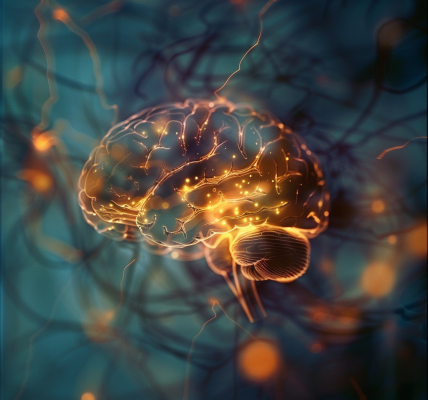A groundbreaking molecular-editing tool called CHARM has been developed to combat prion diseases, a group of rare and fatal neurodegenerative disorders caused by misfolded proteins in the brain. This innovative system targets the gene responsible for producing these harmful proteins, effectively silencing it without altering the gene sequence.
CHARM, short for coupled histone tail for autoinhibition release of methyltransferase, works by modifying the epigenome, which consists of chemical tags attached to DNA that influence gene activity. In a recent study published in Science, researchers demonstrated that CHARM successfully suppressed the production of disease-causing proteins in neurons throughout the brain of mice.
Madelynn Whittaker, a bioengineer at the University of Pennsylvania, believes that CHARM represents a significant advancement towards developing a single, long-lasting treatment for reducing the levels of these harmful proteins. The system overcomes challenges associated with previous epigenetic-editing tools, such as toxicity and delivery efficiency, making it a promising candidate for therapeutic intervention.
Prion diseases, characterized by the aggregation of misfolded prion proteins that lead to neuronal damage, include conditions like Creutzfeldt-Jakob disease and fatal familial insomnia. While these disorders currently have no cure, antisense oligonucleotides (ASOs) have shown potential in modulating protein expression levels. Studies in mice have demonstrated the ability of ASOs to reduce the expression of misfolded PrP proteins, offering hope for future treatment strategies.
The development of CHARM and the promising results obtained in animal models highlight the potential for epigenetic editing as a targeted approach for addressing neurodegenerative diseases. By specifically targeting the genetic root of prion diseases, researchers are paving the way for innovative therapies that could revolutionize the treatment of these devastating conditions.





